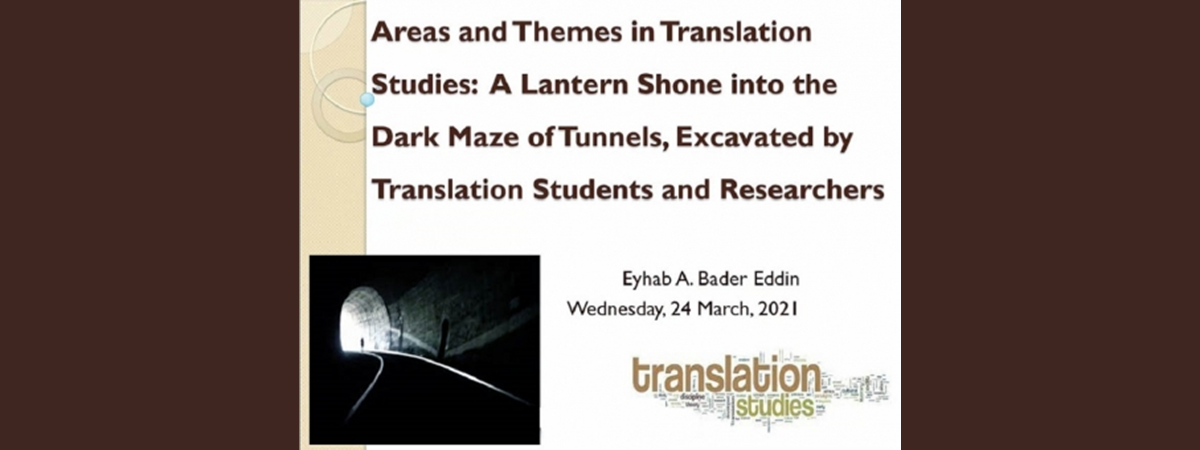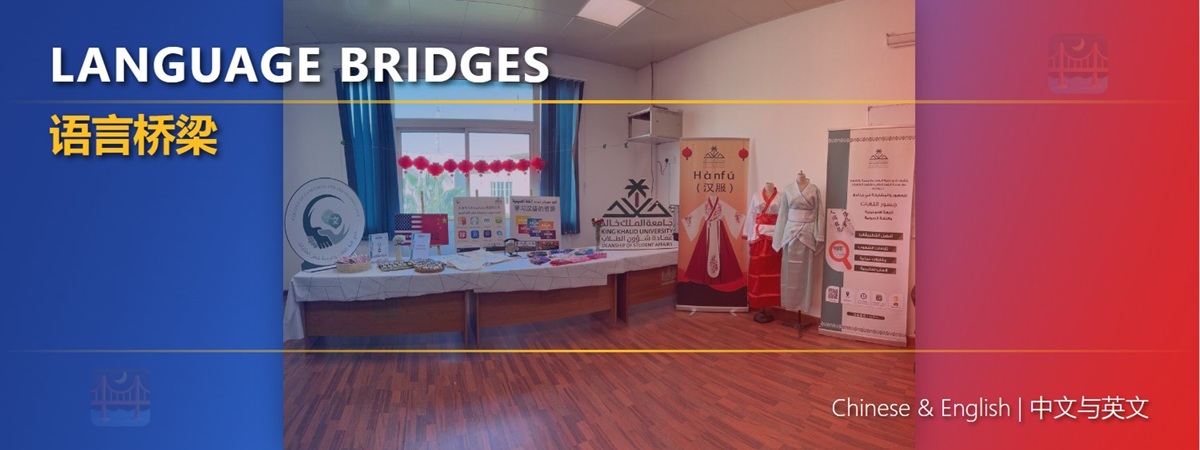
Areas and Themes in Translation Studies: A Lantern Shone into the Dark Maze of Tunnels, Excavated by Translation Students and Researchers
On March 24, 2021, the Language Research Center hosted a webinar led by Dr. Eyhab Bader Eddin, focusing on research areas within translation studies. The event, titled "Areas and Themes in Translation Studies: A Lantern Shone into the Dark Maze of Tunnels, Excavated by Translation Students and Researchers," catered primarily to students of translation studies and research enthusiasts in the field.
Dr. Eyhab initiated the session by elucidating the complexities of undertaking research in translation studies due to its interdisciplinary nature. This broad spectrum of topics can pose significant challenges to the unseasoned researcher. He emphasized that the primary aim of conducting such research is to make diverse contributions to the field.
Explaining these contributions, Dr. Eyhab highlighted several avenues such as presenting new data, proposing solutions to specific queries, validating or improving existing theories or methodologies, and introducing novel ideas or hypotheses. He also identified the key triggers that initiate research in translation studies, including a heightened sense of curiosity, a drive for higher qualifications, a desire for personal growth, and individual areas of interest.
Dr. Eyhab addressed the challenges of encountering previously conducted research or facing feasibility issues. To circumnavigate these hurdles, he suggested thorough reading to ascertain the current state of research in the field.
He underscored that the objective of any research is to augment the collective pool of knowledge; hence, duplicating existing research is fruitless. Since research does not exist in isolation, it is invariably tied to preceding work, making literature reviews a critical component.
The session also provided an overview of pertinent research areas within translation studies:
A. Text Analysis
B. Translation Quality Assessment
C. Genre Translation
D. Multimedia Translation, including dubbing and subtitling, also known as audio-visual translation.
E. Evaluating Software
F. Interpreting
The webinar, with robust participation from faculty members, MA, and Ph.D. students from both male and female campuses, proved to be a highly informative session. For those who missed it, a recording of the webinar can be accessed here.
